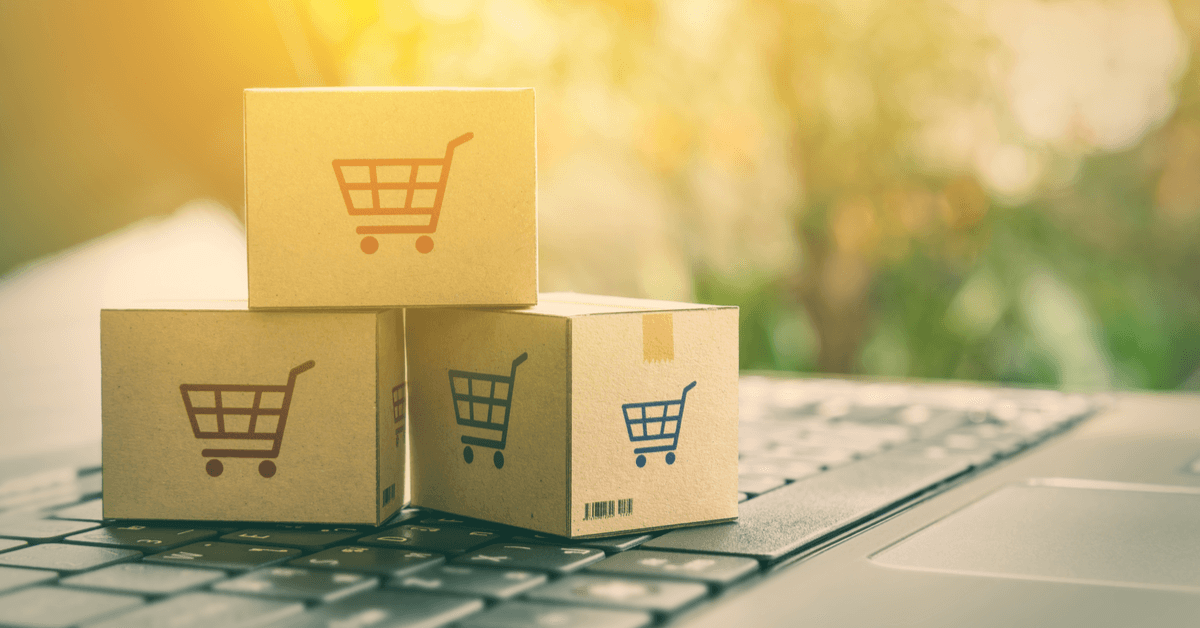What is Total Experience and why is it already changing retail?

Total experience: today's retail experience completely envelops the customer and obliges companies in the retail world to transform their organisation and business to adapt to the increasingly pressing demands of the market. But what do we mean by total experience? In simple terms, it is the totality of elements in a retailer's offering that impact on the overall customer experience.
In today's retail market, a consumer sees the retailer as more than just a shop in which to source or buy a good. He interacts with it in multiple ways and expects an immediate and professional response.
Moreover, the shopping experience is increasingly phygital - physical and virtual: a good can be in a physical shop where it can be picked up, in a printed catalogue, online or in a totem or video located in a space outside the home or office. The online catalogue can also be consulted via a smartphone.
It is therefore essential for brands to treat their entire communication, including sales communication, in a fluid and uniform manner, without contradictory or confusing messages, in order to reinforce customers' purchasing intentions, capturing their sentiment on the fly and, if necessary, responding to any queries as quickly as possible.
Effective product communication must also include the offer's sustainability: the end consumer is no longer satisfied with the usual quality criteria alone, if they are not accompanied by messages concerning the work to reduce the environmental impact of the entire supply chain.
In short, a brand must offer its stakeholders - not only customers, but also partners, employees and suppliers - efficiency, accurate service, clear messages on the sustainability goals to be achieved and customisation in the communication message.
Business Experience for Total Experience
The future success of these companies depends heavily on their ability to adapt business models to new demands, but also to create shopping experiences that engage and entertain customers.
Today, as Microsoft also points out in a recent study entitled "Modernizing customer engagement", a retailer must succeed in engaging customers on several different but complementary fronts: web, mobile and in-store.
Imagine, in fact, what the ideal interaction with a user could be: the shopping experience, by now, always starts online via a smartphone, searching for a product; this need must be intercepted by a specific promotion, which diverts the user towards a physical shop, offering a discount on the product, only if one goes there.
At this point, the physical phase begins, where one goes to the shop to see the product and to ask a few questions to the sales experts. If this delicate phase is conducted correctly, the customer will make his purchase and should be incentivised to leave feedback on the product and the brand.
The factors that come into play in this sequence are:
-
the multichannel approach
-
the strong capacity for entertainment
-
transparency and commitment to ensuring respect for customer values
-
the ability to prioritise data to meet customers' needs before they know it
-
the ability to continue the shopping experience on other channels as well
Thus, by integrating web analytics, digital connected consumer experiences, customer engagement technologies and in-store human capabilities, modern brands will be able to deliver an invaluable and successful experience, both online and in-presence, increasing customer loyalty.
The data on which analysis are based no longer pays attention to the difference between online and in-presence and more and more organisations are embracing the total experience to provide a more integrated approach to their retail offering.
This is a strategy that creates superior shared experiences, combining physical and virtual multi-experience, customer experience, employee experience and online user experience. In this strategic game, technology plays a central role, as through it interactions can be improved, enhanced and encouraged.







